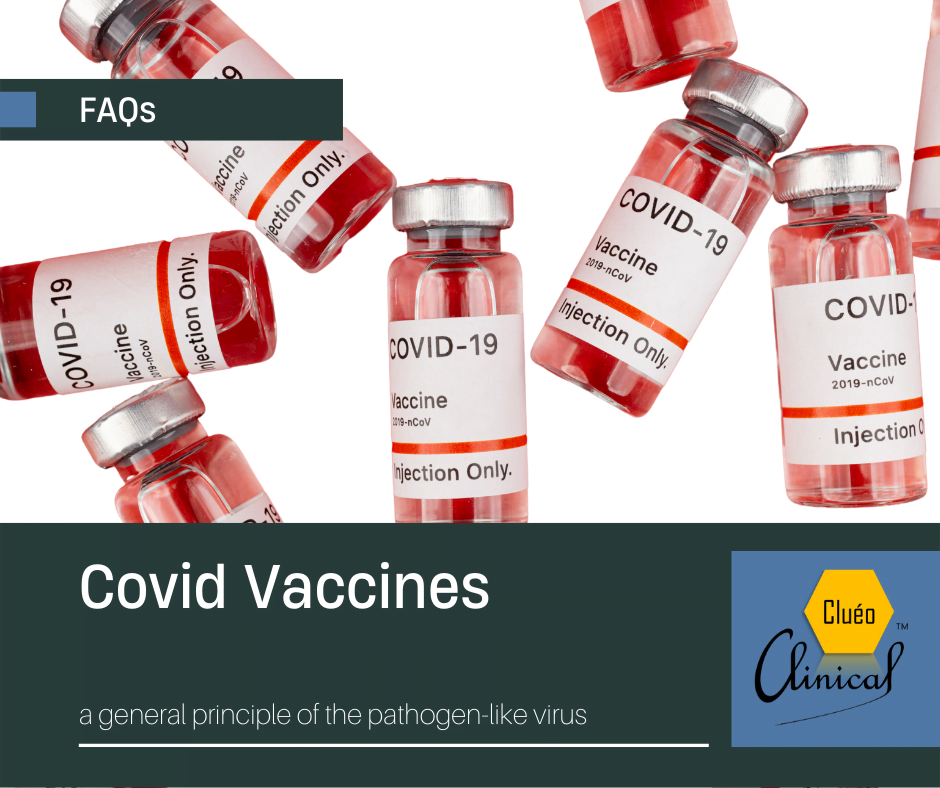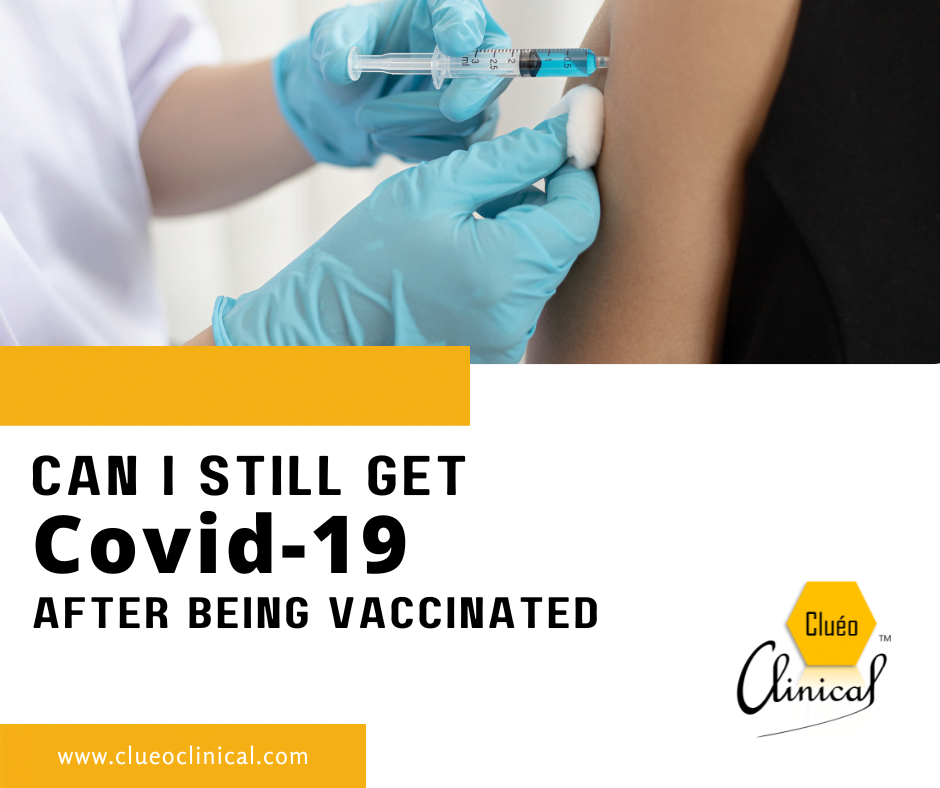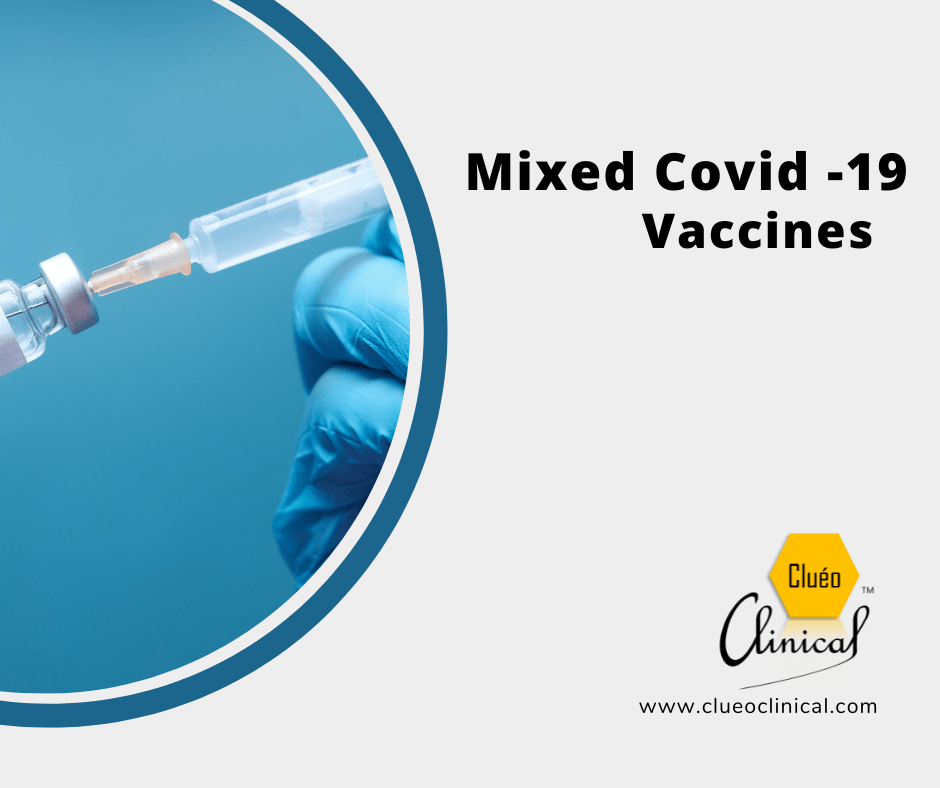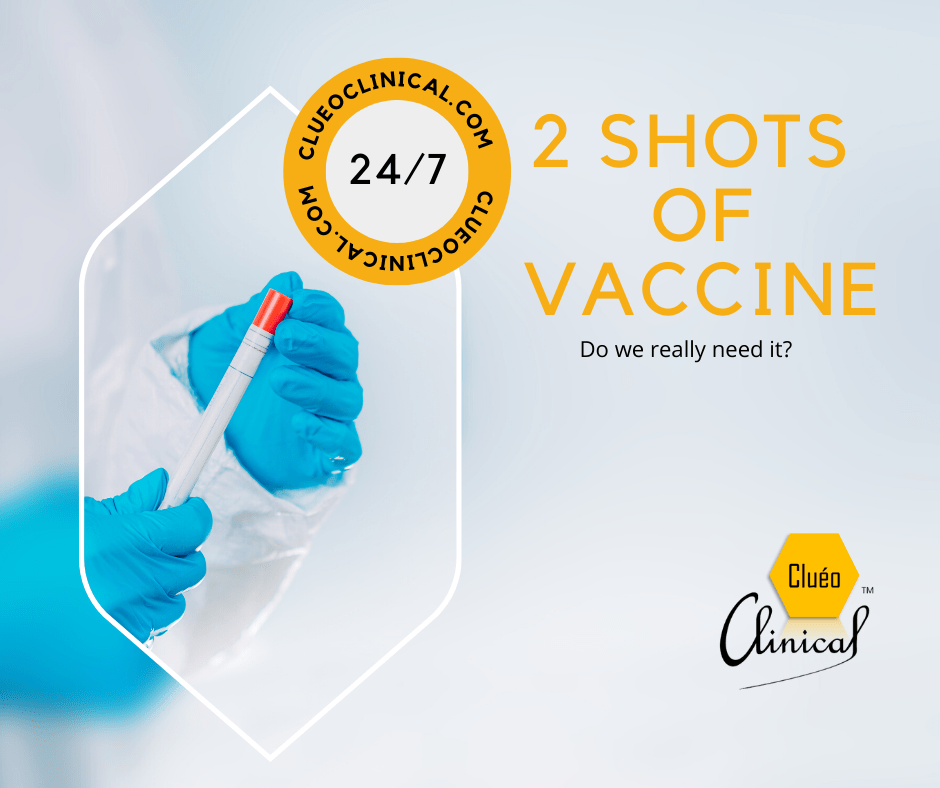Your cart is currently empty!

A general principle of vaccines is to take a little part of the pathogen, like a virus, and train your immune system to recognize and fight against it.
Covid-19 vaccines work in similar ways. The difference lies in how this piece of virus is delivered to your immune system. (You can find more information on the comparison of all the available vaccines here: Yale Medicine.)
This small piece of virus for training your immune system in the COVID-19 vaccines is called a spike protein.
The spike proteins are the unique patterns on the virus, which the virus uses to enter your cells—like a house key. Importantly, the vaccines only deliver the genetic blueprint of the spike protein, not the virus.
What’s the difference between different COVID-19 vaccines?
The mRNA vaccines, such as Pfizer and Moderna, carry the blueprint of the virus spike proteins to our cells. The Janssen and Astra-Zeneca vaccines use a carrier virus, which has no harm to the body, to deliver the genetic blueprint of the spike proteins.
Our cells will then further make lots of these spike proteins based on the blueprint and train the immune system to recognize spike proteins. This training involves the immune system making “neutralizing antibodies” against the foreign spike proteins. The neutralizing antibodies are potent immune factors that can block the virus from entering the cells.
Besides making the neutralizing antibodies, our “trained” immune system now has a “memory” to recognize the virus. Therefore, it can produce a much stronger and faster immune attack against the real virus when the time comes.
Can I get COVID-19 even after having been vaccinated?
One thing to remember is that having the vaccine does not mean that you will not get infected.
The quantity and strength of the neutralizing antibodies are the markers we use to measure how well the vaccine works. Every individual can have different levels of response to the same vaccine. If one does not produce enough potent neutralizing antibodies due to an existing health issue, old age, or only receiving the first jab, the virus will not be effectively blocked off.

The second jab of the vaccine is there to ensure our immune system is adequately trained, and can work quickly upon infection. That’s why you should get both shots to get the full vaccine dosage.
It is important to remember that no vaccination provides 100% protection. However, being fully vaccinated means that you are best protected against severe complications, hospitalizations or worse death.
What are the long-term side effects of the different COVID-19 vaccines?
Unfortunately, this question cannot be answered at this moment.
COVID-19 vaccines have only been recently developed and made available to the public. There isn’t enough time to study the long-term side effects of these vaccines.
Can I mix different COVID-19 vaccines?

The jury is still out on this question.
The companies that developed the vaccines have only conducted clinical trials on their own vaccines, not a mix of their own and another brand. Hence, the information on this question is limited.
The world’s first clinical trial – Com-Cov led by the Oxford University on the mixed AstraZeneca (AZ) and Pfizer vaccination started in February 2021. First results of this clinical trial, involving a total of 830 participants, showed that mixed dosing, first AZ followed by Pfizer (AZ-Pfizer) or first Pfizer followed by AZ (Pfizer-AZ), provides good protection. Both combinations generated higher levels of neutralizing antibodies than two AZ shots.
Two Pfizer shots still measures the highest level of antibody production. The combination of AZ-Pfizer can also generate another form of immune protection called T cell immunity, on top of the neutralising antibodies. This form of immune protection is when your immune cells actively kill the cells that are infected by the virus. You can think of this like tearing down the houses (cells) that have parasites (virus) in them, so that the parasites can no longer exist.
A South Korean study supports the mixed vaccination schedule that generates higher protection level. In the study, 499 medical workers were recruited, 100 received AZ for the first jab and Pfizer for the second. 200 received both shots of Pfizer while the rest received 2 AZ shots. The result showed that mixed vaccination boosted neutralizing antibody levels by six times compared with two AZ shots.
Similar levels of neutralizing antibody were produced in people getting the mixed shots and two Pfizer shots. The final reports of these studies are yet to be published.
Mixing the vaccine considers to be a strategy for countries that have vaccine shortage or for some people who might be of high-risk to rare side effects. However, you need to understand that the sizes of these new trials are much smaller than the trials carried out before the vaccines were first released so the results may be less reliable.
Regardless of the results, you should consider the availability of the vaccines in your local area and the best way to help others get fully vaccinated too.

Why do I need 2 shots for the COVID-19 vaccine and only 1 for normal flu vaccines?
You might be getting your seasonal flu shot every now and then. However, you don’t get two seasonal flu shots. Why is that? Although using distinct technologies, the principle for flu and Covid-19 vaccine is the same – train the immune system to recognise and attack the virus quickly and effectively.
The first shot of COVID-19 vaccine is intended to “prime” the immune response. This means to educate and train your immune system to recognize the virus. The second shot of the vaccine acts as a booster, meaning to encourage a stronger immune response. By principle, a longer-lasting immune memory.
The current COVID-19 vaccines are 66% to 95% effective at preventing symptomatic disease.
Influenza viruses, those that cause the flu, have easily changeable, seasonal, viral blueprints. This means that every season the virus is different from the last.
The vaccines are designed to predict how this virus is likely going to change or mutate next. Naturally, the effectiveness of a flu shot relies on how precisely they match the virus. It is estimated that the flu shot prevents 40-60% of the symptoms, as well as severe complications depending on how well the vaccine matches the real virus.
Because the flu virus changes very rapidly, the second flu shot can still be “off-target” and unnecessary.
One important thing to keep in mind is that the vaccine development technologies have advanced rapidly due to the urgent need in this global pandemic. Scientists are now starting to utilise the newly developed technology for Covid-19 vaccine as an advantage to make better flu vaccines in the future.
Just curious, could it also be because we’ve all had the flu at some points in our lives? I guess not the case for babies.
I don’t think we can have all kinds of flu in our lives. But it’s possible that the flu we had before can generate the protection that is not too far off from targeting the new flu.
Do I receive the same protection from COVID-19 if I was infected once without taking the vaccine?
Using the principle of vaccination, a natural infection with the virus before vaccination means your body has “seen” the virus. So, in theory, you should have some protection against the virus.

The existing COVID-19 vaccines are designed to let the body see the outer layer of the virus, the spike protein that the virus use to enter your cell. You can think of this as the body can see the distinctive feature of a criminal, even before them walking in the house, and alert the immune system to prepare their defence.
When it comes to natural infection, the body could have “seen” different part of the virus, even those hidden in them. As such, the immune responses could be quite different between individuals and not consistent.
Hence, natural infection and vaccination don’t necessarily generate the same kind or level of protection against the virus.
Will the virus stay in my system even if I recover after I get infected with COVID-19?
Yes, the viral can stay in your system even when it is latent a latent infection.
A latent infection is when the virus is present in an infected cell but does not trigger disease. The virus does so by inserting its viral genome (DNA or RNA) into the host’s DNA without getting detected. They “hide” themselves from our immune surveillance and will re-emerge later due to stress, such as cancer or other types of infection. Think of this latent period as if the virus is hibernating.
The latent virus can reactivate and start to reproduce infectious viruses. To be able to do so, the virus must be a DNA virus or a retrovirus, such as HIV. COVID-19 is an RNA virus. RNA carries different forms of information to DNA so RNA viruses cannot insert itself “directly’ into our DNA. As such, it is unlikely that COVID-19 will stay in the system after one gets infected.




